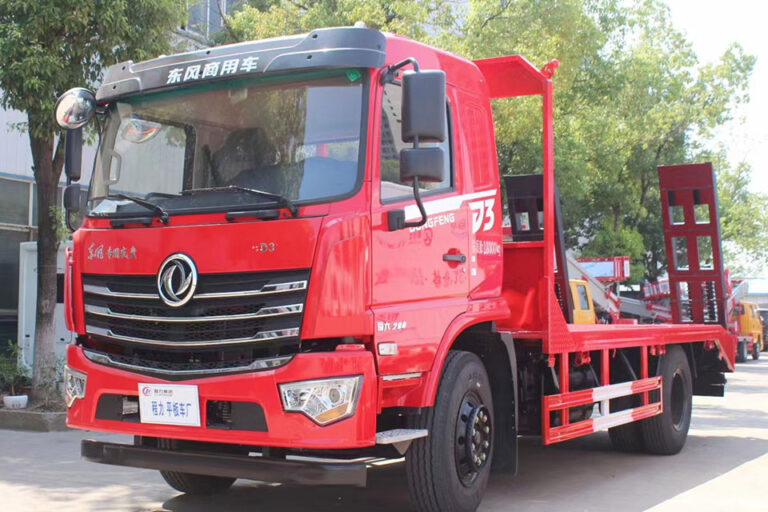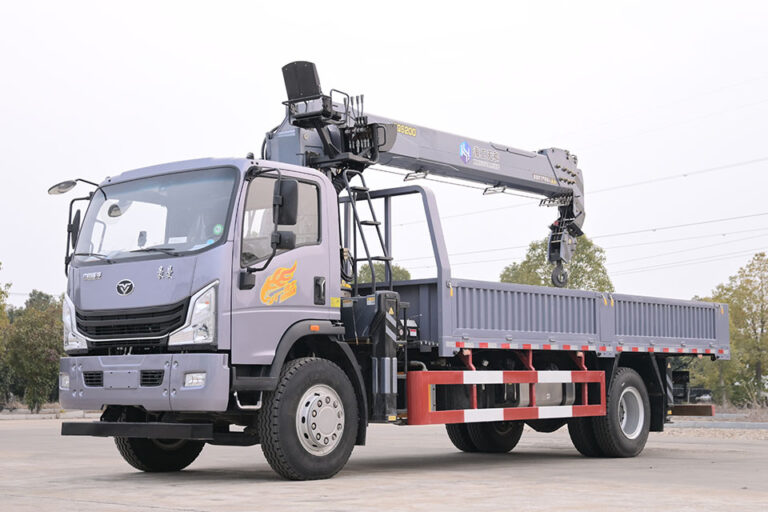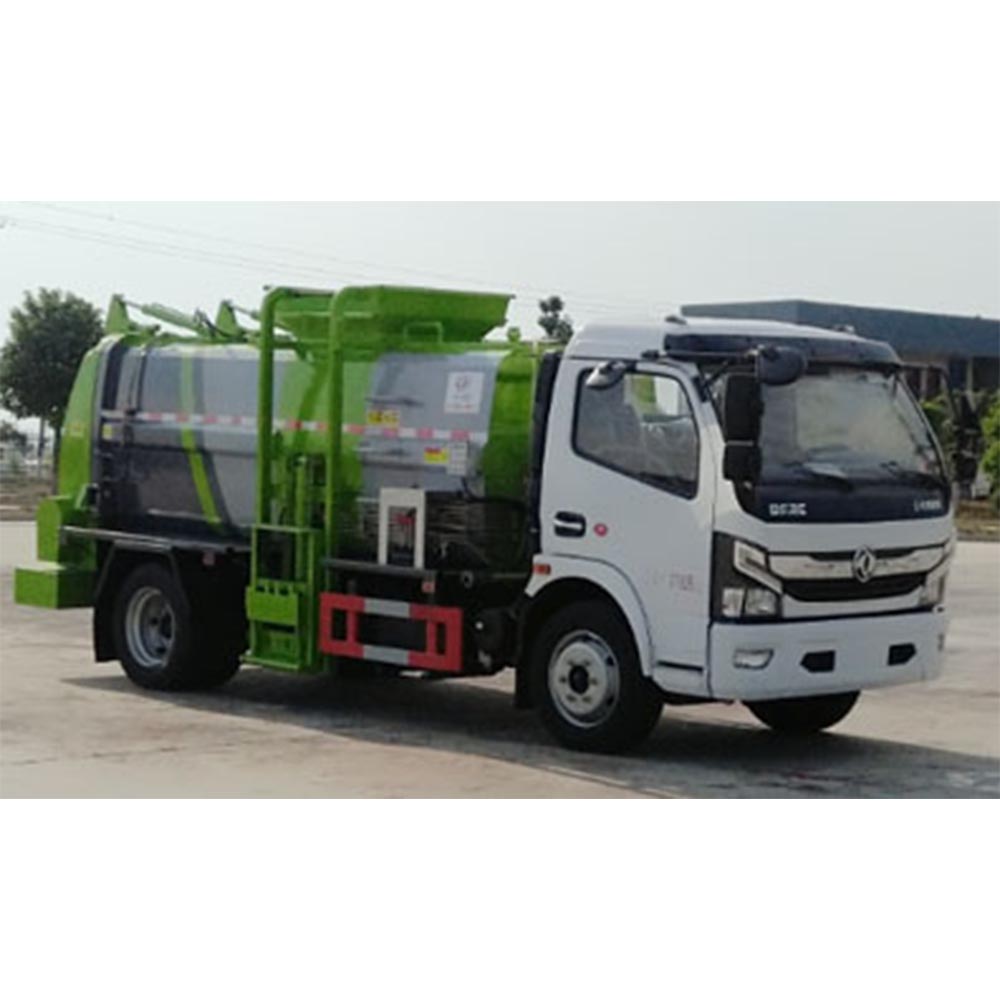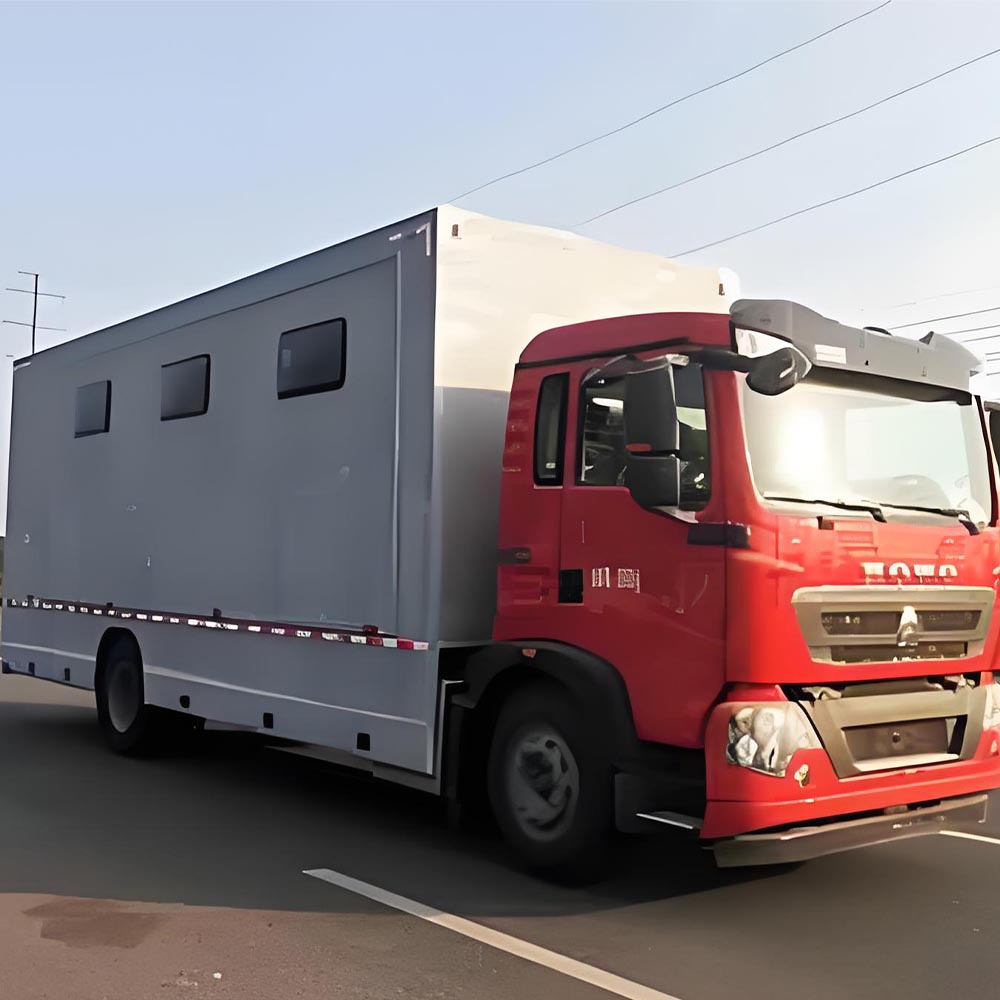-
Chengli Automobile Industry Park
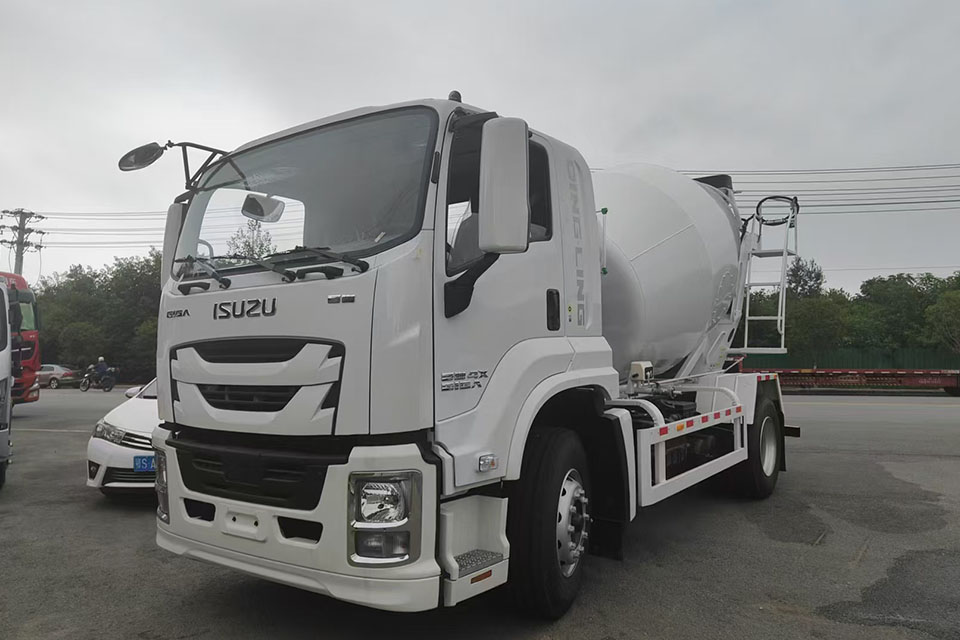
How is a concrete mixer truck filled?
How is a Concrete Mixer Truck Filled? A Complete Guide
Have you ever seen a big concrete mixer truck on the road? They look like giant drums on wheels! These trucks mix cement and take it to building sites. But how do they get filled up? Let’s find out!
Table of Contents
What is a Concrete Mixer Truck?
A concrete mixer truck is a special truck that carries wet concrete. The rotating drum is the heart of the truck. It keeps the concrete moving so it does not get hard.
There are two main kinds of mixer trucks:
- Front discharge mixer trucks – The concrete comes out at the front
- Rear discharge mixer trucks – The concrete comes out at the back
These trucks come in different drum sizes:
- Under 6m³ (small jobs)
- 6.1 to 10m³ (medium jobs)
- 10.1 to 15m³ (big jobs)
- 15.1 to 20m³ (very big jobs)
The Concrete Pump Truck works with mixer trucks to get concrete where it needs to go.
Step-by-Step: How Mixer Trucks Get Filled
1. Getting Ready
Before a truck gets filled, the driver must:
- Clean the drum to make sure no old concrete is inside
- Check if the drum can turn well
- Make sure the truck is on flat ground
2. Going to the Batch Plant
The truck goes to a concrete batch plant. This is where all the parts of concrete are kept:
- Sand
- Gravel
- Cement
- Water
3. The Filling Process
Here’s how they fill the truck:
- The truck parks under a big funnel called a chute
- The drum rotates slowly (about 1-2 turns per minute)
- First, some water goes in the drum
- Then the dry materials (cement, sand, stones) go in
- More water is added to get the right mix
- Extra water might go in a tank on the truck for later
This whole process takes about 5-15 minutes depending on the truck size.
Special Equipment Used in Filling
The batch plant uses:
| Equipment | What It Does |
|---|---|
| Weigh hoppers | Measure exact amounts of each material |
| Conveyors | Move materials to the truck drum |
| Water meters | Control how much water goes in |
| Computer systems | Keep track of the recipe |
How a Concrete Mixer Truck is Filled
Filling Process – Step by Step
1
Preparation: The mixer truck drum is inspected for cleanliness and proper functioning. Any leftover hardened concrete must be removed.
2
Positioning: The truck is positioned accurately under the discharge chute of the concrete batch plant.
3
Initial Water: A predetermined amount of water is added to the drum first.
4
Dry Materials: Cement, sand, and aggregates are added to the drum using weigh hoppers and conveyors.
5
Final Water and Mixing: More water is added to reach the specified water-cement ratio. The drum rotates to begin the mixing process.
Mixer Truck Types & Capacities
Concrete Mixer Truck Market
Data represents the global concrete mixer truck market projected growth.
Mixing After Filling
After filling, the drum keeps turning at about 12-15 rotations per minute. This is called “transit mixing” and it:
- Mixes all the materials well
- Keeps the concrete from getting hard
- Makes sure the concrete is the same all through
The Dump Truck works differently – it just carries materials without mixing them.
Different Ways to Fill Mixer Trucks
1. Standard Batch Plant Loading
Most trucks get filled at big plants where computers control everything. These plants can fill a truck in about 5-10 minutes.
2. Self-Loading Mixer Trucks
These special trucks can pick up their own materials and mix them right on the job site. They have:
- Built-in loaders
- Small hoppers
- Their own water tanks
3. Volumetric Mixers
These mix the concrete right before using it. They:
- Carry dry materials in separate parts
- Mix with water only when needed
- Can make different kinds of concrete without going back to the plant
The Cement Mixer Truck comes in all these different types.
Important Facts About Mixer Truck Filling
- A concrete mixer truck can dump about 200 liters of concrete per minute
- Trucks with Hardox technology drums can carry 15-20% more concrete
- The concrete market was worth $4.2 billion in 2019 and grows about 5.5% each year
- Leading mixer truck makers include Foton Motor Inc., SINO VEHICLE, and Semix Global
- Trucks must follow weight rules on roads
- Most mixer trucks can keep concrete good for about 90 minutes
Problems That Can Happen When Filling
Sometimes things go wrong when filling mixer trucks:
- Too much water – Makes weak concrete
- Not enough mixing – Makes uneven concrete
- Filling too much – Can damage the truck or break road rules
- Filling too little – Wastes truck space
New Technology in Mixer Truck Filling
The world of concrete trucks is always getting better! Some new things include:
- Electric concrete mixer trucks that don’t make pollution
- The ADVANCE Challenger front discharge mixer that is smaller but works just as well
- Self-loading mixers that can make concrete right where you need it
- Smart sensors that tell exactly how much concrete is in the drum
- Multi-axle designs that can carry more weight safely
The Mobile Service Vehicle often helps keep these mixer trucks running well.
Safety When Filling Mixer Trucks
Safety is very important! Here are the rules:
- Always wear hard hats and safety vests
- Stand clear of moving parts
- Watch for splash back when filling
- Keep the area clean to avoid trips and falls
- Follow all batch plant safety rules
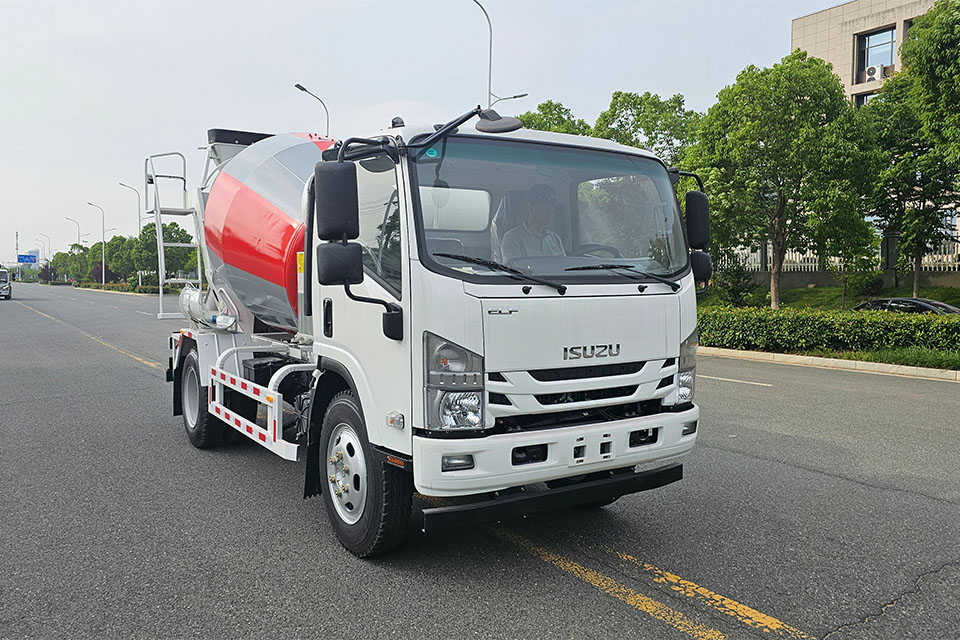
Conclusion
Now you know how a concrete mixer truck gets filled! It’s a big job that must be done right. From the batch plant to the turning drum, every step matters to make good concrete.
Next time you see a concrete mixer truck on the road, you’ll know it was carefully filled with just the right mix of materials to build our roads, houses, and buildings!

